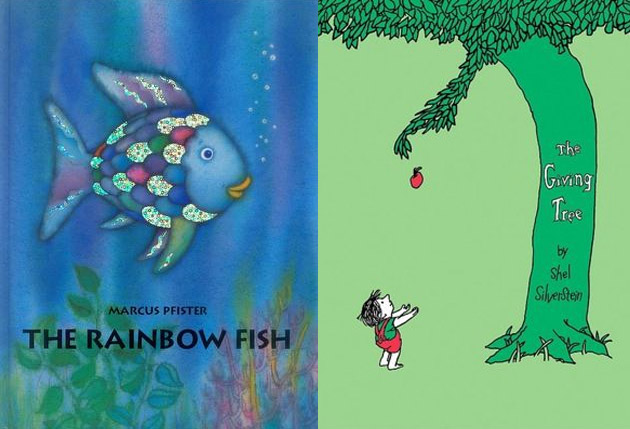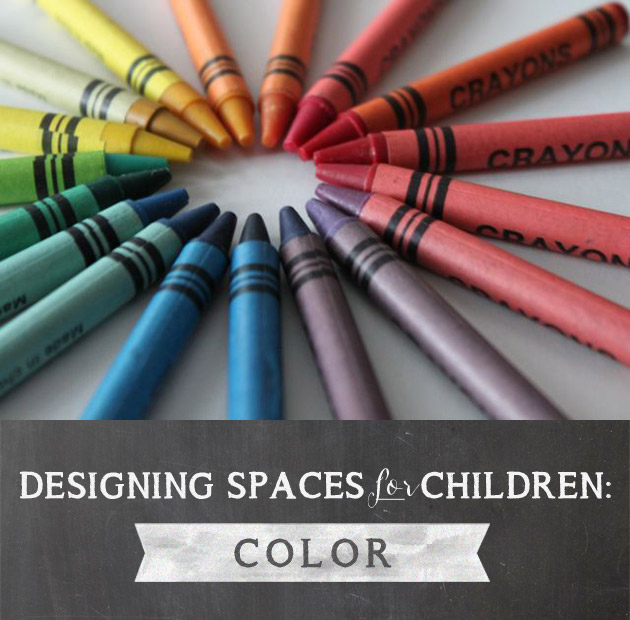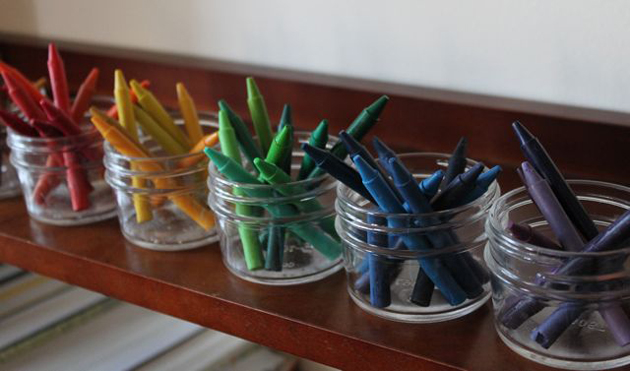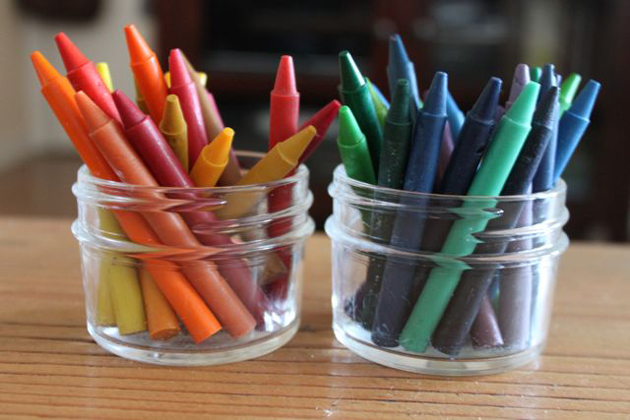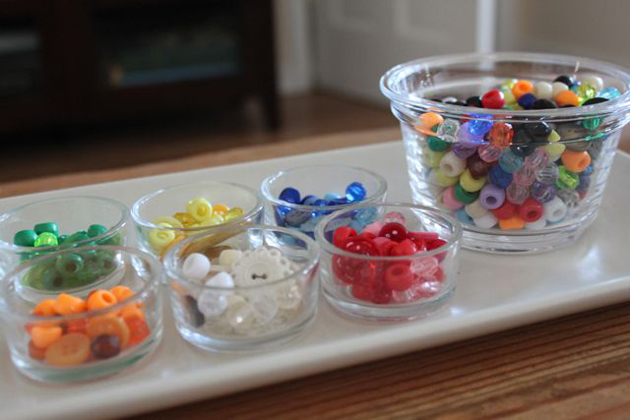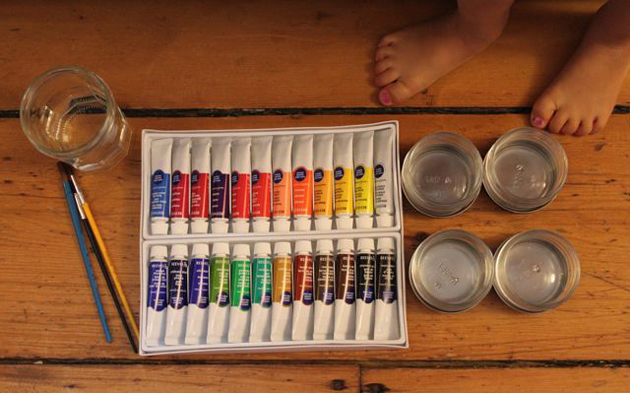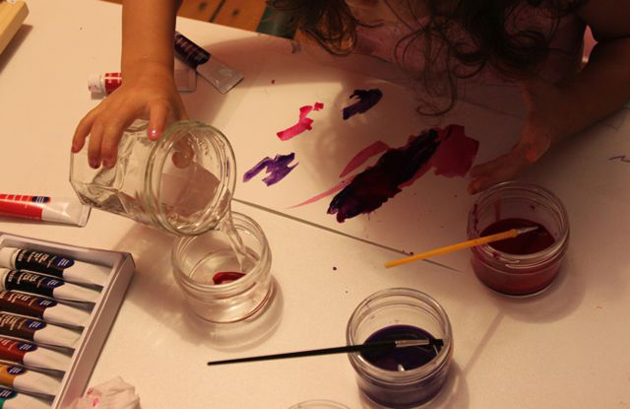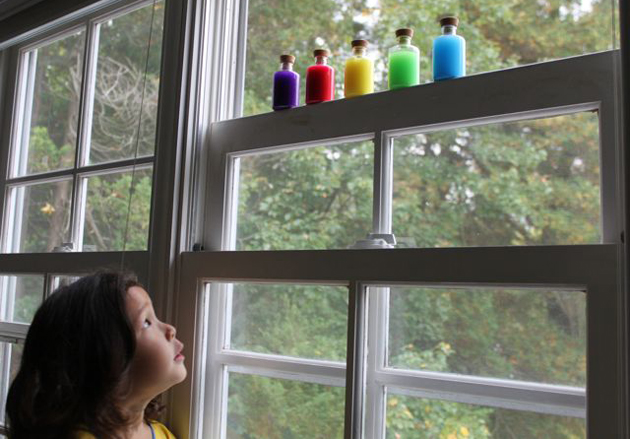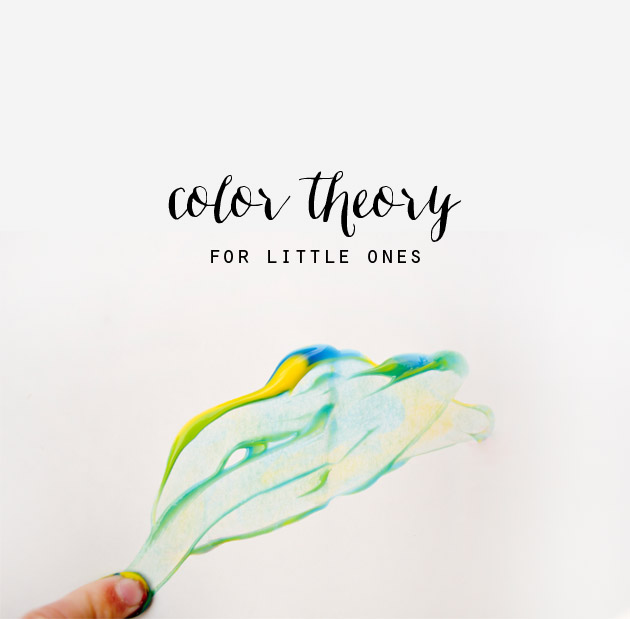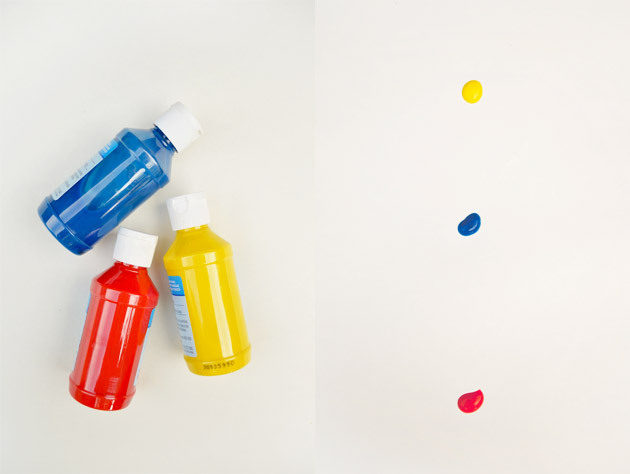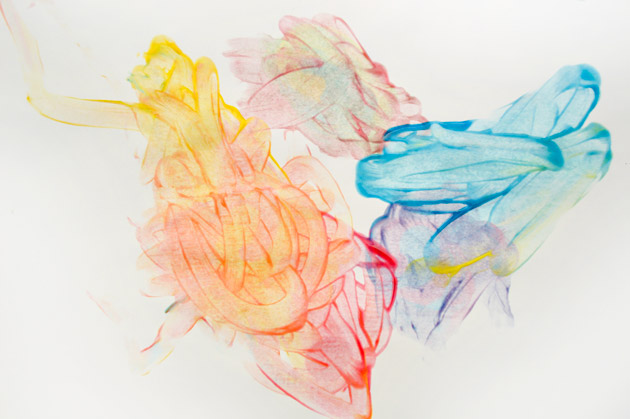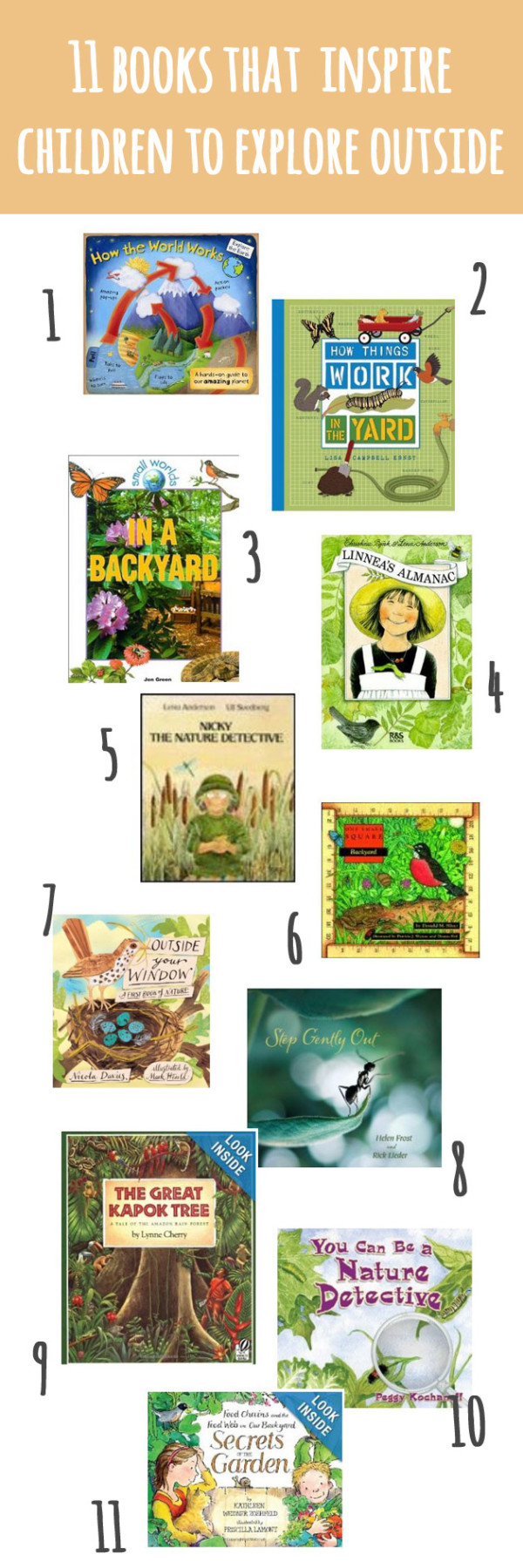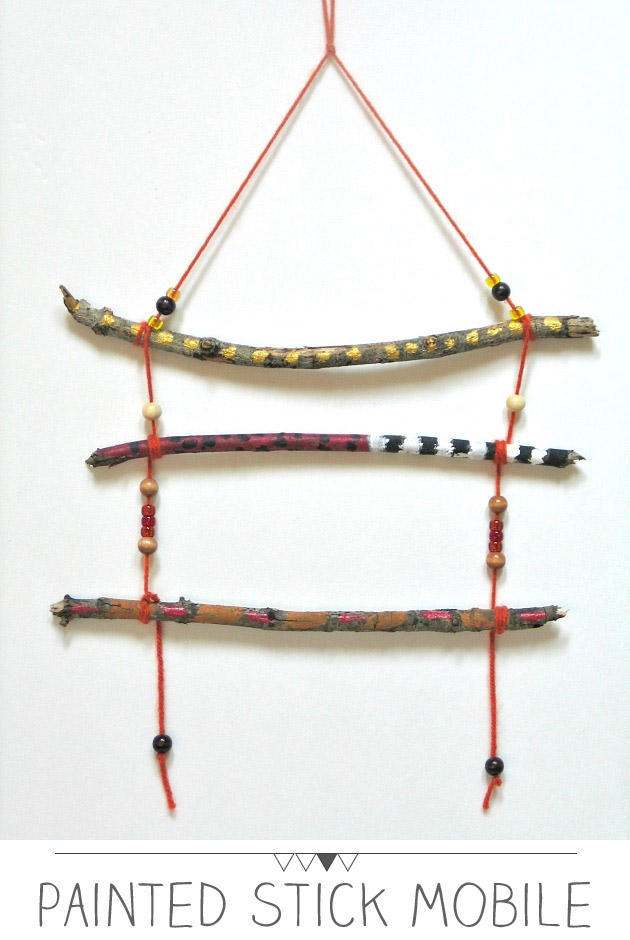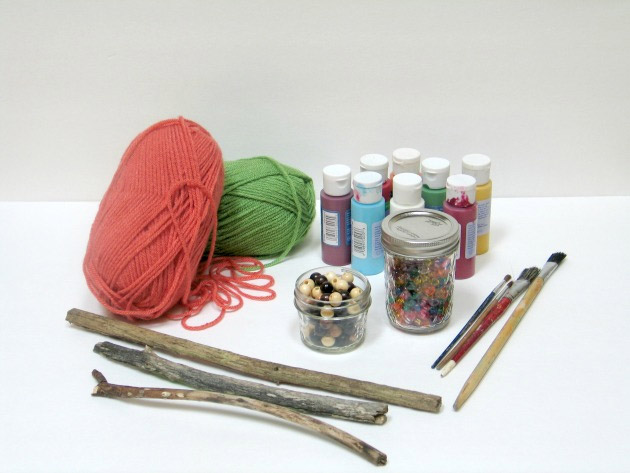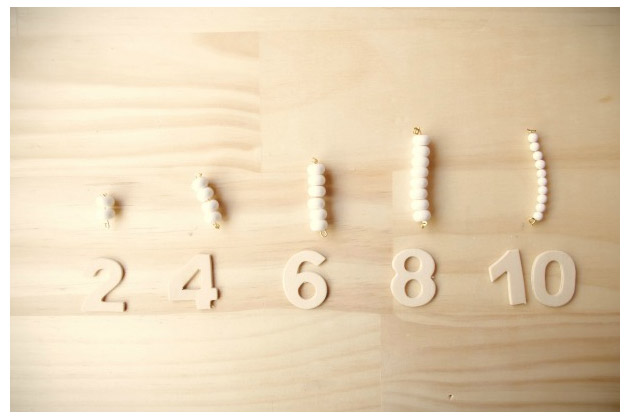Our Gratitude Tree
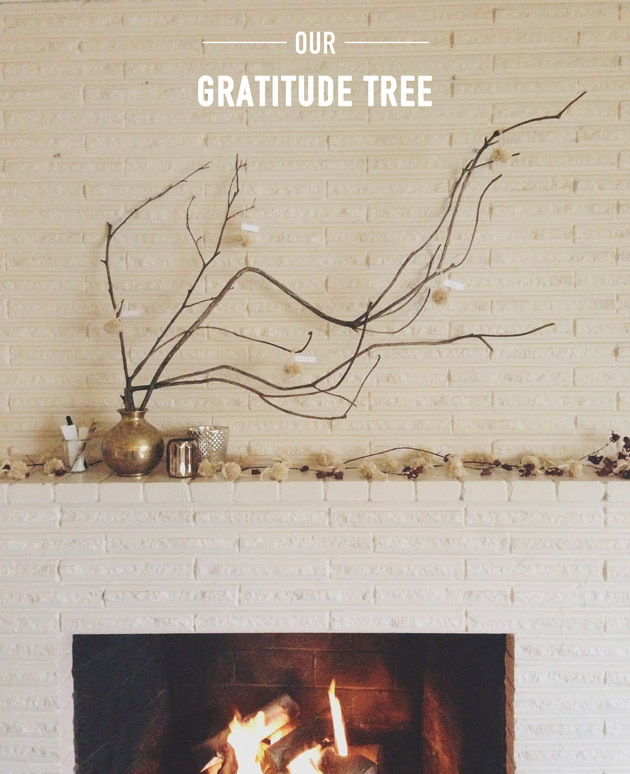
“Gratitude unlocks the fullness of life. It turns what we have into enough, and more. It turns denial into acceptance, chaos to order, confusion to clarity. It can a meal into a feast, a house into a home, a stranger into a friend.” -Melody Beattie
With family gatherings to plan and Christmas lists looming, it’s easy to let the meaning of Thanksgiving get lost or watered down. Ideally we would live in a constant state of gratitude, but I like the subtle reminder that Thanksgiving brings us each year. An excuse to stop and take pause-be thankful for all things, both big and small. I especially think it’s wonderful to teach this to our children in a world obsessed with having more. Last year we took an afternoon and composed a gratitude list, it was both endearing and eye-opening to see the things my children thought of. This year we decided to expand on that idea and take a moment each day to add at least one thing to a month-long gratitude list in the form of a gratitude tree.

When a quiet moment arises each day, my girls and I sit by the fire, write down something we’re thankful for, and then attach it to our tree. I love the idea of something tangible and beautiful to represent these thoughts we are focusing on this month. We decided to make fuzzy pom-poms from yarn and hang them from our tree with the pieces of our growing list attached to each one.
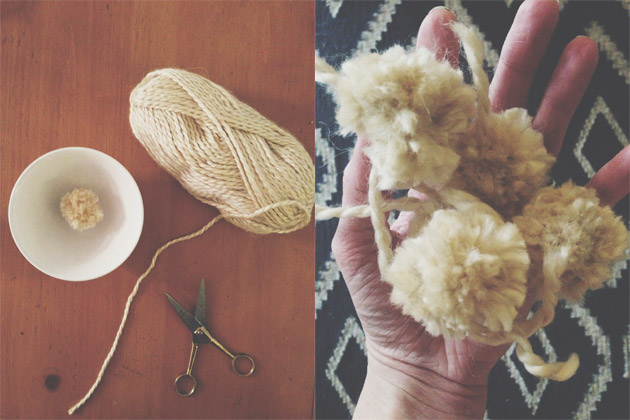
All you need to make a tree of your own is a few gathered branches, a vessel to hold them, and some slips of paper. Adding an extra object like our pom-poms into the mix isn’t necessary, but adds to the fun! You could choose anything you want, from acorns to leaves. You could also choose to cut your paper into fun shapes instead, like stars or feathers.
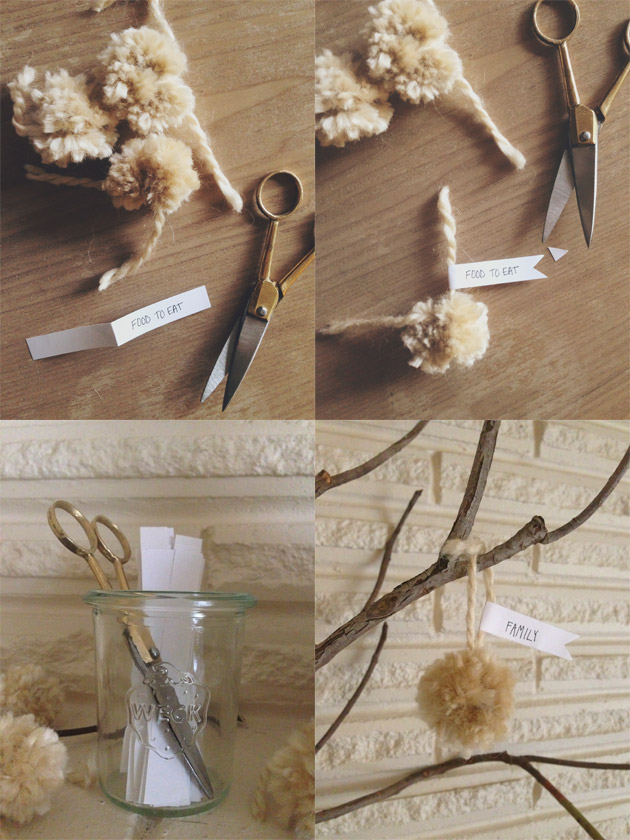
To make things easy, we used full sheet label paper to make our strips. Simply fold each strip in half, write your thought, pull the backing off and attach to your pom-pom or other object. The most important thing is to make things fun and accessible for the little ones. My girls love seeing all of the pom-poms on display and enjoy taking turns picking out the one we will use. Our strips, scissors, and pen are stored in a jar right next to the tree.
Whatever you choose to do, I hope you are able to pause for a moment with the ones you love and reflect on all that you are grateful for this month. It’s not too late to create a special moment with your little ones!
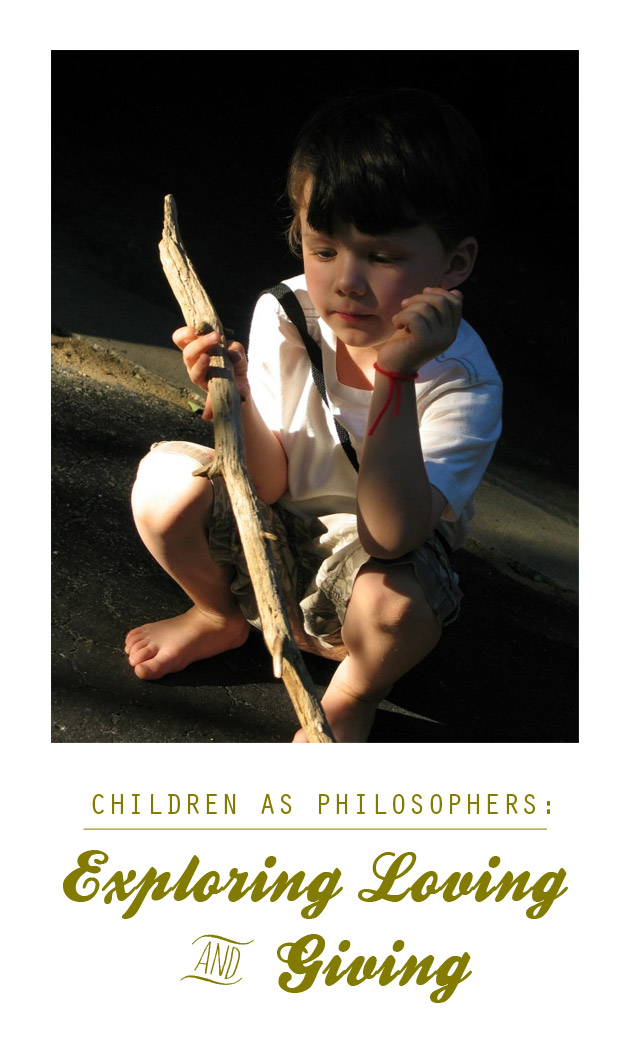 Monique of
Monique of 